The contrast sensitivity testing will help you to measure your capabilities in distinguishing a fine increment with a finer one of a light vs. dark or contrast.
This activity is different from the other visual acuity testing that you went through, which will test your capabilities to distinguish the smaller letters printed on a chart.
It is essential for you to know your contrast sensitivity measurement, most notably in the situations that have a glare, fog, or low light, when the contrast of the background and the objects is being decreased. One of the good examples, why you should undergo a contrast sensitivity testing, is when driving. Driving during nighttime will require you to have a better contrast sensitivity measurement to ensure your safety on the road.
Even though you have measured your contrast sensitivity as 20/20, there is still a chance for you to develop some health or eye conditions that might impact your contrast sensitivity and give you the feeling as if you do not see an object clearly – whether near or distant.
Symptoms of Low Contrast Sensitivity
If you have a reduced contrast sensitivity, there is a high possibility that you might experience problems while driving during night time. This might include problems of seeing the pedestrians that are walking on the streets with poor lights. You might also notice that your eyes get tired easily when you watch TV or read books for a longer period.
A low level of contrast sensitivity might also increase your sensitivity of falling if you were walking on the street and failed to see a bump because of its similar pavement colors. A poor contrast sensitivity can also be a sign of some eye diseases or conditions, such as diabetic retinopathy, glaucoma, or even cataracts.
Alterations in the level of a person’s contrast sensitivity might happen upon the different refractive eye surgeries, such as PRK and LASIK. For instance, some individuals can have a complete 20/20 of clearer vision after the LASIK surgery but complain to have poor night vision. This might be because of the loss of contrast sensitivity because of the process.
On the other hand, some people might claim that they experience much better night vision and high contrast sensitivity upon the LASIK surgery, compared to their eyesight when using contact lenses or glasses before the process was completed.
There are some people who have undergone a cataract surgery claim to have an improved contrast sensitivity and visual acuity.
Contrast Sensitivity Test
The contrast sensitivity system is an important eye testing that you should have. This eye testing is usually not covered by a routine eye exam. Your eye doctor might recommend you to undergo contrast sensitivity testing due to a particular visual complaint or he or she thinks that you have an eye problem that affects your capabilities in discerning contrasts.
Pelli Robson contrast sensitivity chart is considered by many as the most popular chart that is being utilized for contrast sensitivity testing.
Similar to the Snellen visual acuity chart, this contrast sensitivity chart also composed of capital letters that are written horizontally. But rather than reducing the size of the letters on every successive line in the Snellen visual acuity chart, the contrast of letters is the one that decreases in the Pelli Robson chart.
There are also some sophisticated devices that can be used for testing one’s contrast sensitivity. Some of these devices make use of sine-waving gratings that is composed of fuzzy numbers, and dark and light parallel bars. These parallel bars will always depend upon its spatial frequency or width and contrast. As a result, it will help your eye doctor to evaluate the sensitivity of your eyes into different contrast.
There are some sine-wave grating tests that come up with a brighter source of light that will be placed to your eyes directly during the entire testing time. This process stimulates the glare situations, including the headlights of other cars during driving at night.
If your eye doctor concluded that you need to undergo a contrast sensitivity test, it could be done after you went through a visual acuity test and prior to the dilation of your eye pupils.
If your eyes need vision correction, the contrast sensitivity testing can be done while you are wearing your contact lenses or eyeglasses. On the other hand, to determine if you have an eye disease, the contrast sensitivity testing can be performed on your two eyes. For some reason, including vision evaluation after cataract or LASIK surgery and contact lens fitting or sports vision testing, the said evaluation might be completed while your two eyes are open.
What can be done about Low Contrast Sensitivity?
With the results of your contrast sensitivity test, it will help your ophthalmologist to know if you have eye conditions that need eye surgery or special eyewear or a vision issues, such as higher-order aberrations. Eyewear that has tinted lenses will help you to increase your contrast sensitivity.
If your eye doctor stated that you have a poor contrast sensitivity, he or she might recommend you to use yellow-filtered corrective lenses that will enhance your capabilities in discerning contrast.
If you are required to use prescription glasses, most people with poor contrast sensitivity can see clearly even in the low-lit situation when they wear anti-reflective coating lenses, compared to those who wear standard lenses that do not feature AR coating.
In addition, with that, wavefront or custom LASIK can also help you to enhance contrast sensitivity while reducing the higher-order aberrations.
Some IOLs or intraocular lenses that feature wavefront technology can also help you to increase contrast sensitivity while decreasing higher-order aberrations upon the cataract surgical process.
See an Eye Doctor
The best way that you should consider if you want to know if you have a low or better contrast sensitivity is to see an eye doctor. They will recommend you the things that you should do to improve your contrast sensitivity. Also, if you have poor contrast sensitivity, make sure that you will ensure your safety while driving during night time.


